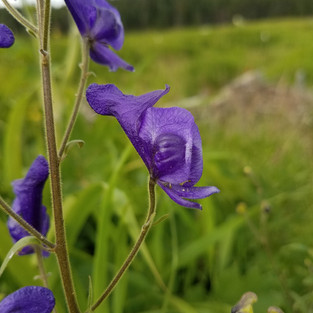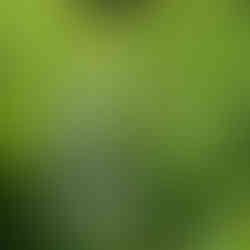- Dec 21, 2020
- 1 min read
Drummond Willow (salix drummondiana), is also sometimes known as Beautiful, Handsome, or Blue Willow. It can be found along the edges of water and prefers moist, heavy soil. It is found East of the Cascades in Washington, Montana, and in the Wallowa and Steens Mountains in Idaho, Oregon, Nevada, Utah, California, New Mexico, Colorado and Wyoming. It also grows in the Yukon Territory, Alberta, and British Columbia. It grows in open form with widely spreading branches. Fun fact, Drummond Willow is preferred by moose in the winter.
Height: 6' to 20'
Bud: Catkins appear before or with new leaves
Bark: Yellowish-green to reddish, with white to blue waxy/powdery coating
Leaves: 3"; narrowly lancate to oblanceolate; edges curled under slightly; wooly underside
USDA PLANTS Database Link
Pics from USDA Plant Database: https://plants.sc.egov.usda.gov/core/profile?symbol=SADR



















